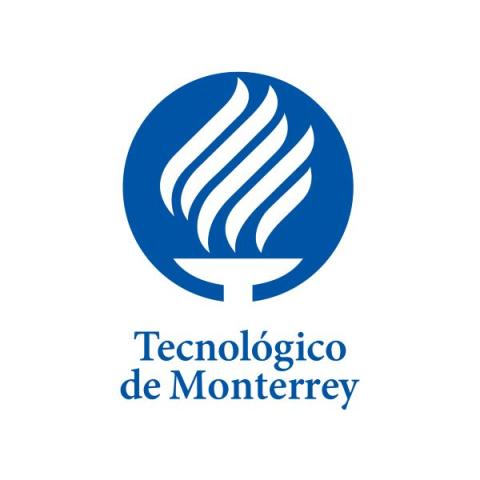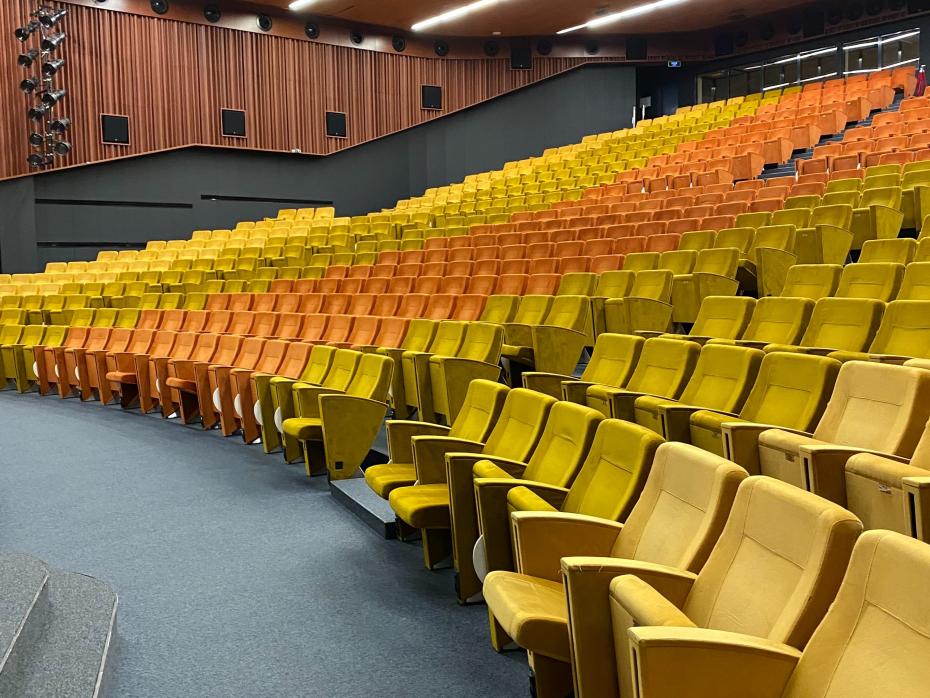
Strategies to enhance your online course
Read about some strategies to make your online courses more engaging
You may also like
Popular resources
Online course design and delivery require continuous innovation in response to trends and technological developments. Here are four strategies that have helped us deliver meaningful learning to our students.
Hold live sessions and regular Q&A sessions
Holding synchronous sessions for online courses regularly is useful to both teachers and students. During these sessions, teachers can follow up with students and offer further explanations to enhance understanding. Students can also share concerns about the course material or ways of working. This reduces the distance between students and professors and helps students build stronger bonds with each other.
Tips for planning your sessions:
- Run group surveys (on Microsoft Forms, Google Forms, for example) to find out students’ availability so that all or as many as possible can participate
- Record the sessions for those who can’t attend or for those who wish to review them afterwards
- Ensure your room is adequately lit and distraction-free, minimise background noises and check the quality of your sound before starting the sessions
- Finally, I suggest searching for trending playlists on a platform such as Spotify and playing some holding music while students connect to the sessions.
Introduce gamification
Carrying out interactive activities through free online applications such as Kahoot and Mentimeter, as well as on artificial intelligence (AI) platforms such as Quizizz, DALL-E and Magic School AI can help to break the ice and make classes fun and dynamic.
Gamification tips:
- Ask questions such as, “What is your field of study?”, “Where are you from?”, “What are your life goals?”, along with other more playful ones such as, “What makes you laugh the most?”, to show students that they can be themselves during these classes
- Using roulette wheels to randomly select the next to participate makes the activity more engaging
- You can use applications such as Kahoot, Quizizz or Menti, among others, to create quizzes, presentations and surveys.
Continuous assessment
Carry out assessments at the beginning, middle and end of the course to measure students’ learning progress. In one of my international collaborative courses between my university in Mexico and another in Chile, I used Quizizz to generate some multiple-choice questions and, at the end, we published the winners on the official course platform.
Integrating project work is another effective form of assessment because students have to demonstrate knowledge to complete the tasks associated with it.
- Resource collection: The business of online education
- Guidance for using GenAI in higher education
- Using VR to break the ice in the classroom
Find the tools that work
Ensure that the tools you use facilitate and enhance students’ understanding of course content. For example, I use 360° video resources to immerse students in different topics. In a course I teach on intersectionality and otherness, I use one that demonstrates socioeconomic levels in Mexico. It allows students to view the living conditions of different people in differing social strata first-hand, which deepens their understanding.
To be able to use these tools successfully, I recommend searching for courses on platforms such as Coursera to ensure you are able to confidently incorporate these innovative methods into your teaching.
Through effective monitoring and assessment, gamification and the use of innovative tools, we can ensure the learning process is as engaging as possible for our online learners.
Sara Camacho de la Parra is lead tutor of educational innovation and digital education at Tecnológico de Monterrey, Mexico.
If you’d like advice and insight from academics and university staff delivered direct to your inbox each week, sign up for the Campus newsletter.
.jpg?h=dd7ed266&itok=PeL0i1Z3)


.jpg?itok=__tMPjD6)

Comments (0)
or in order to add a comment